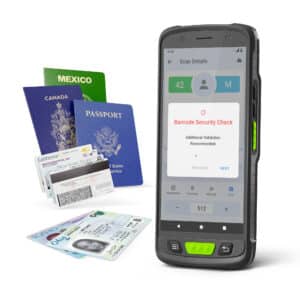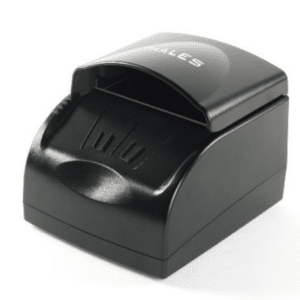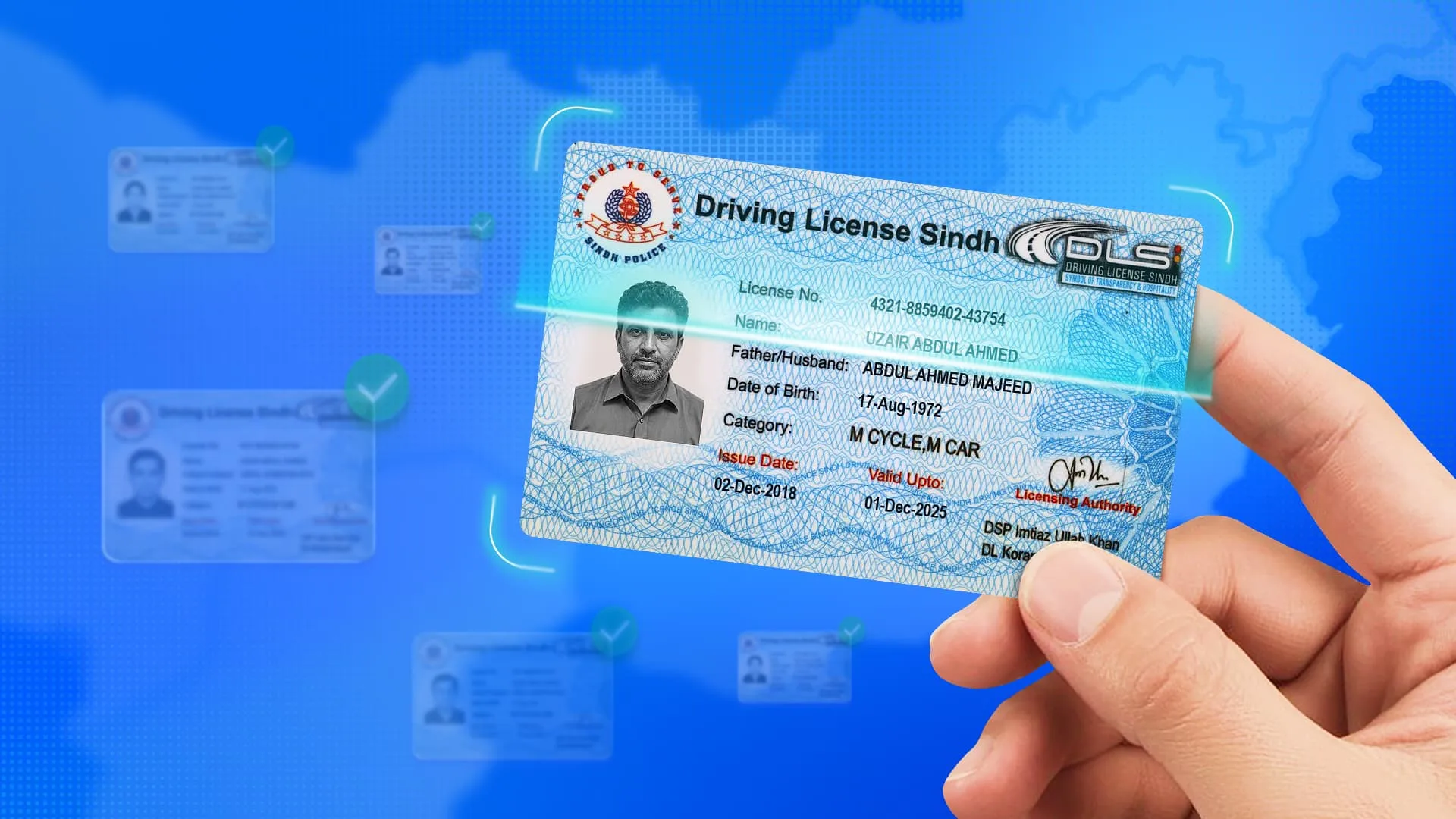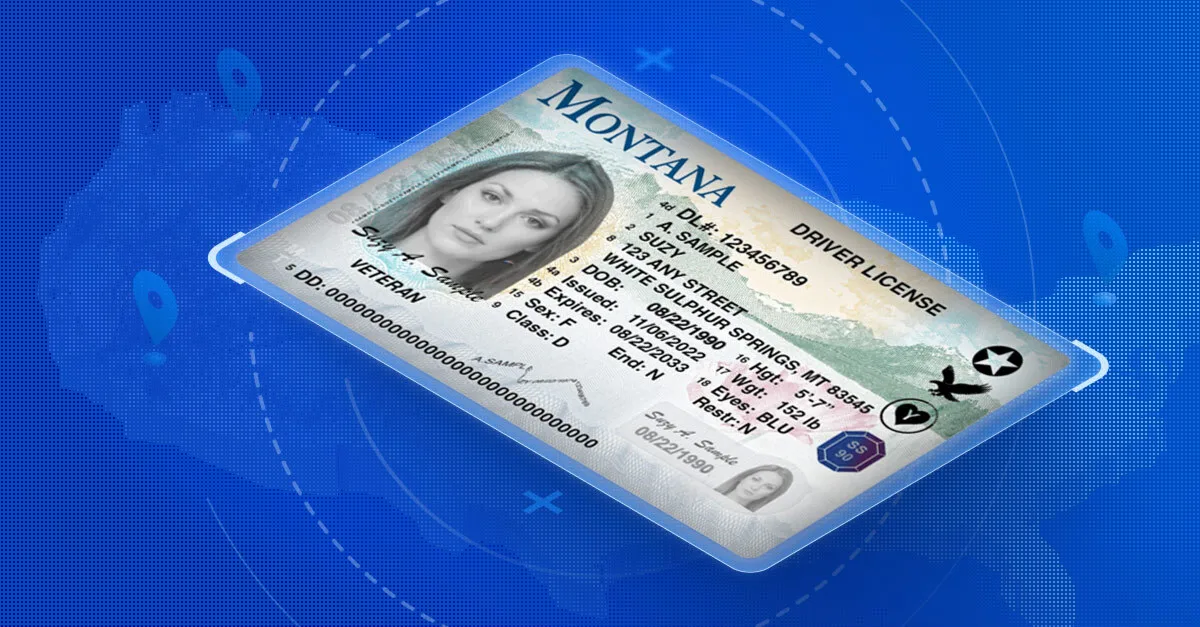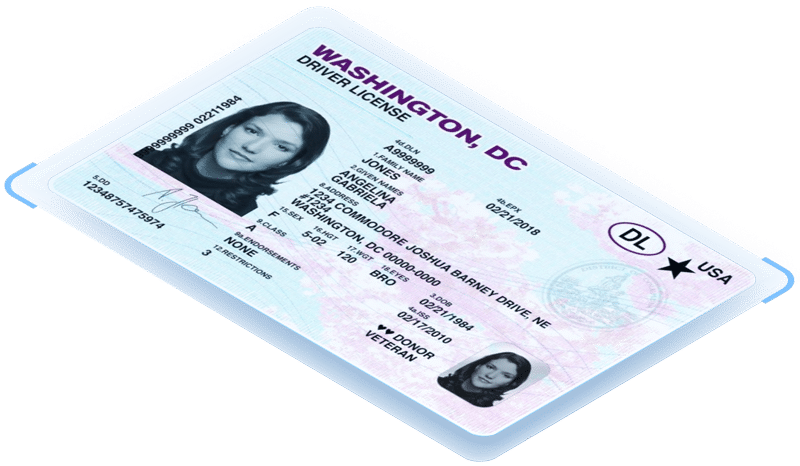How to spot a fake ID card, and how ID scanning software helps
Today, electronic ID scanning can turn catching a fake ID into a relatively simple and quick process.
For business owners or employees that are required to frequently check IDs, including military ID cards, the fallout of accepting fake IDs can lead to harsh ramifications.
Every business is required by law to check the ID of anyone purchasing alcohol or entering an age-restricted venue. This responsibility doesn’t just weigh over the business owners, but also the employees, such as bartenders, servers, bouncers, store clerks, etc. If a business is found to have not checked an ID and served alcohol to a minor, an investigation may take place to determine if the establishment took necessary steps to avoid the sale.
Depending on your state, the consequences could lead to hefty fines. After multiple offenses, the establishment can lose its liquor license, and employees that don’t properly check IDs may be subject to felony charges. For many businesses, determining how to spot a fake ID is an ongoing struggle.
However, it has become increasingly hard to visually spot a Fake ID. They come in many forms: borrowed IDs, fake IDs, and altered IDs. Fortunately, with the right technology in place, it doesn’t have to be difficult to pinpoint fake IDs.
How to spot a fake ID card
Some bouncers and store clerks may feel they can easily spot a fake ID card just from looking at the patron, but even the most seasoned bouncer or store clerk can make mistakes at identifying a fake identification card.
Acceptable forms of ID required to purchase alcohol typically include a state driver’s license, a military ID card, or a passport. No matter the type of ID a business is dealing with, ID checkers must always look for several key identifiers. The first and most common identifier to check on an ID is the patron’s date of birth. It’s also important to check:
- the ID’s expiration date
- the ID’s issue date
- the height and weight of the individual on the ID
- the photograph of the ID holder
Know the details of each state’s ID
The easiest way people get away with fakes is to use a different state’s ID. Your business should not only be knowledgeable about acceptable identification cards within your own state but also with out-of-state cards. Minors with fake IDs will not always obtain an identification card that is from your business’s state, so it’s important to be familiar with what a legal identification card should look like from all 50 states.
Each state has unique IDs with their own specific characteristics. ID checkers should be able to cross-reference the patron’s identification card with the characteristics of a legal identification card. Some characteristics to look out for may include the colors used for important dates, raised embossing, the amount of digits in the license number, and what holograms are used and where they are located on the ID.
Match the person to the picture and description
With borrowed IDs, it is very common that the user will not match the person on the ID. To combat this a few things need to be checked.
- Photo – Do they appear to be the same?
- Height, weight, age, eye color – Does the description match the person?
- Expiration date – Is the ID expired?
- Look for the “DUPL” stamp – Is this a duplicate?
- Do they know the information – Can they verify personal data?
- Have them sign – Do the signatures match?
Look at the different security features
This is important because fake IDs commonly have trouble replicating holograms and microprint, as they are very hard to recreate without the proper equipment. In order to check for holograms, a person must move the ID in all directions, seeing how the top catches the light. There should never be an ID that has all of its holograms visible at once, even with light shining on it. These holograms are designed to go in and out. For microprint, you either have to have great vision, or a magnifier of some sort. As the name state, the print is extremely small, and often woven intricately into the design of the ID, making the security feature extremely difficult to replicate properly.

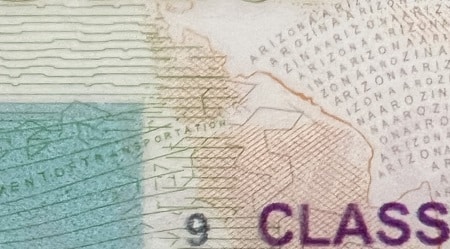
Do a feel-check on the ID
The feel of the ID can also be an indication of fake IDs. Most states require tactile security features when creating IDs, which means the ID must be taken out of the wallet. Patrons may request that their ID be checked while it’s still in their wallet, which can prevent the person checking IDs from finding discrepancies in the quality of the ID.
Once you can feel it, you may notice the quality is below state-issued identification cards. However, each state will be printed on different stock, so thickness and pliability of the ID card may not be an indicator of whether the ID is fake.
Altered IDs were once a real ID and typically changed to a different age. Generally, this would mean that there are raised ridges or shiny spots over the date of birth or “Under Until” dates. There could also be differences in font type and color. To ensure that the ID has not been tampered with the ID must be properly scanned visually and physically.
Fake IDs are often made with different materials or in different ways, which causes them to act differently than a real ID. There are a few checks that need to be done to ensure the material and other general formatting is accurate.
- Bend the ID – if it unravels or buckles it is a fake.
- Check the edges – they should be round and unable to peel.
- Feel the density of the ID – as all IDs have the same weight and thickness.
- Check the back of the ID – as fakes are not always made with the back design in high priority.
Asking questions & watching non-verbal cues
Once an ID checker has successfully felt the ID and looked at the patron’s information, it’s time to ask questions about it. The simple act of asking the patron what their date of birth is can potentially determine if their identification card is real or not. Another possible question to ask is their legal street address or their zip code.
The goal is to catch a minor off guard, and their answers to your questions may do just that. Additionally, the patron’s body language can be a telling sign of fake IDs. While asking questions, consider the patron’s facial expressions and look out for their delivery in responding to questions. If they are stuttering or appear to not have answers for your questions, it may reveal a fraudulent identification card. If they are avoiding eye contact, getting stiff, distracting with conversation, or using unusual body language, they might be presenting a fake. It is important to be aware of the customers’ behavior as it can sometimes help inform the clerk, bouncer or bartender of a person using a fake ID.
IDScan.net’s technology & solutions for fake ID cards
Keeping track of each identifier on each state’s ID, along with a military ID and passport, is nearly impossible. To truly ensure IDs are valid, technology is needed.
If your business is wondering how to spot a fake ID card, the technology and solutions offered by IDScan.net can give you the extra peace of mind you have been searching for. IDScan.net’s authentication solutions only require one simple step to scan and catch a fake ID. During an ID scan, our technology will conduct multiple layers of checks for authenticity.
We have different tiers of software from basic, to intermediate, to advanced. Each increasing layer has additional tests to increase the likelihood of catching fakes. Here are some of IDScan.net’s solutions and products used to authenticate IDs:
VeriScan for age verification
With the mobile and touch-free age verification solution, businesses can identify and stop underage or problem patrons from purchasing alcohol and other age-restricted products. This product works either during the point-of-purchase or the patron’s point-of-entry through our powerful and affordable age verification and ID validation.
There are three main points in the age verification process with VeriScan’s technology.
- Scan the ID, passport, or military card
- Verify the age, expiration status, and validity of said ID
- Unique visitor profiles are created for easy retrieval during the next visit
Whether you are looking to scan a government-issued ID, passport, or military ID, VeriScan can immediately provide the authenticity you rely on with one simple scan. VeriScan is built for a variety of businesses, such as bars & nightclubs, retailers, dispensaries, and other industries that sell or provide age-restricted products.
ID Authentication solutions
IDScan.net also offers various levels of ID Authentication for the varying needs your unique business may have. For instance, our Front-Back solution matches and checks UV light with infrared security features. The Front-Back solution will first scan the 2D barcode on the back of an ID and then will confirm that this information matches the front. IDScan.net’s Authentication Solutions will also run external database checks on ID’s, which includes DMV checks, watchlist screening, and identity validation. Authentication features have already been built into IDScan.net’s existing solutions, which includes our VeriScan Online Enterprise and our ParseLink. With VeriScan Online Enterprise, your business can manage visitor management and age verification while still checking for ID authenticity. The Wizz Forms Global software allows you to scan licenses and passports from around the world. Even with your existing applications, IDScan.net can integrate our authentication solutions.
Age verification and authentication can help mitigate risk and reduce fraud at your business. Our solutions take the guesswork out of checking IDs, sign up for your trial today or schedule a demo if you want to learn more!
What are the best ways to spot a fake ID card?
Most modern fake IDs are quite sophisticated and many cannot be detected visually. Some tips for individuals who are manually verifying an ID:
- Confirm the tactile security features on the ID
- Compare the ID to the state template on the state DMV’s website
- Check the ID under ultraviolet light
When in doubt, it is advised to use ID scanning software which can perform deeper analysis of the ID.



